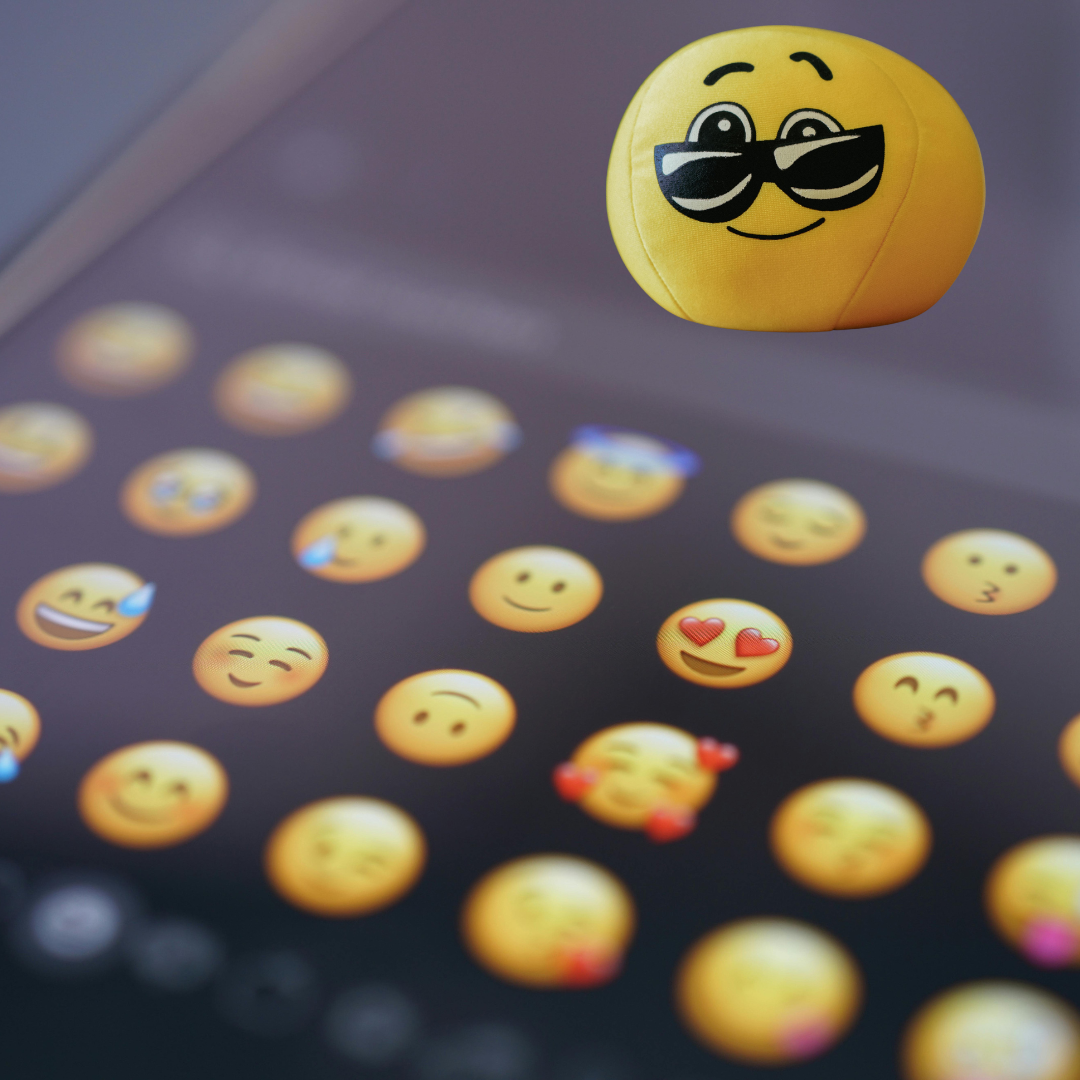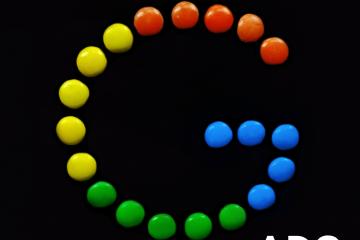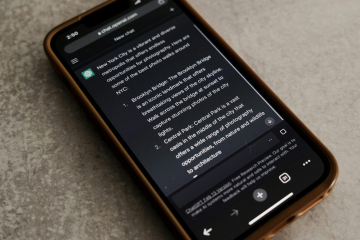
A “Genmoji” is a custom emoji that is currently available on select Apple devices, i.e., those with Apple Intelligence capabilities. Business owners can use this feature to easily create custom emoji in line with their brand.
The Five Most-Key Takeaways from This Blog Post
- You can give Genmoji reference photos to create Genmoji based off of a person’s likeness. A description can even be added so that the Genmoji is even more custom.
- Additionally, users can take existing emoji icons and add a twist, such as a different-colored palm tree.
- Users can continue to refine Genmoji after the initial generation, to get closer to the ideal Genmoji.
- This feature is an example of generative artificial intelligence, hence the “gen” in the name Genmoji.
- If you are looking for another generative-A.I. tool with Apple Intelligence, check out Image Playground. This feature is available on Apple devices with Apple Intelligence and creates images, rather than emojis.
The Significance for Business Owners
Let’s circle back to item number one on the Key Takeaways list above. Most companies with digital-marketing initiatives have at least one team member who shows up regularly or semi-regularly in social-media posts.
This can be a good start with experimenting with Genmoji, as you could have this official or unofficial company spokesperson have a Genmoji counterpart.
The novelty look of a Genmoji made from a company employee can help add a certain eye-catching quality to some posts.
It could even serve as like an avatar of some sorts, or an official or unofficial mascot.
The ability to create different variations of the Genmoji is a perk. For instance, if you run a home-goods store and will have a sale on soap, having the Genmoji mascot hold soap can be an easy element to add to a post about the sale.
Mascots aside, another interesting use would be just putting spins on existing objects to add a “making the familiar strange” quality to the Genmoji. That, in turn, can help catch eyes on social media.
Especially helpful is when you are working with emoji that are related to your business. To return to the example of the soap sale, creating Genmoji of different colors of soap bars can be an easy way to create a custom caption for the post.
Hold the Phone (Literally), What About Copyright?
Now this right here is a good question.
As of this writing, things are really kind of up in the air vis-à-vis copyright and generative-A.I. creations. Legislation in the United States has been struggling to keep up with the A.I. industry, and understandably so, because the A.I. industry moves at a very-fast pace.
Below, check out the language in the late-January 2025 report on A.I. put out by the U.S. Copyright Office.
[…] the outputs of generative AI can be protected by copyright only where a human author has determined sufficient expressive elements. This can include situations where a human-authored work is perceptible in an AI output, or a human makes creative arrangements or modifications of the output, but not the mere provision of prompts. The Office confirms that the use of AI to assist in the process of creation or the inclusion of AI-generated material in a larger human-generated work does not bar copyrightability. It also finds that the case has not been made for changes to existing law to provide additional protection for AI-generated outputs.
Source can be found here.
What this basically means is that just providing a prompt is not enough to gain copyright protection for the Genmoji that you create.
One would have to make some changes to the Genmoji, independent of the A.I. system. The iterative “refinements” that Genmoji offers does not suffice, as these still lead to an A.I.-generated output that is merely human-prompted.
Arrangement can be an acceptable modification, however, which could potentially be a way around the copyright worries. For instance, putting a Genmoji on a digital flyer announcing a sale and “arranging” text and other elements around the Genmoji could be helpful.
But still, does that mean that the copyright belongs to Apple, then?
Things are fuzzier here, as some perspectives say that neither the tech company nor the tech’s users own a purely A.I.-generated work.
Even if the tech company did, it is likely the case that tech companies offering gen-A.I. services will most likely follow the lead of major players like OpenAI, which promises to not claim copyright over the outputs.
Since these tech companies want people using the tech, it would be unwise to be litigious over users sharing the gen-A.I. outputs.
But then again, it is still up in the air over just who has copyright protection over A.I. works, as legislation on the issue is very much a work in progress.
Disclaimer: the writer of this blog post is not a legal professional, and is just offering an interpretation of what the U.S. Copyright Office has so far commented on.
The Last (But Not Least) Key Takeaway from This Blog Post
Genmoji offers an easy way to quickly generate elements to use in marketing material to give a creative boost to a company’s digital-marketing efforts.
Other Great GO AI Blog Posts
GO AI the blog offers a combination of information about, analysis of, and editorializing on A.I. technologies of interest to business owners, with especial focus on the impact this tech will have on commerce as a whole.
On a usual week, there are multiple GO AI blog posts going out. Here are some notable recent articles:
In addition to our GO AI blog, we also have a blog that offers important updates in the world of search engine optimization (SEO), with blog posts like “Google Ends Its Plan to End Third-Party Cookies”.





